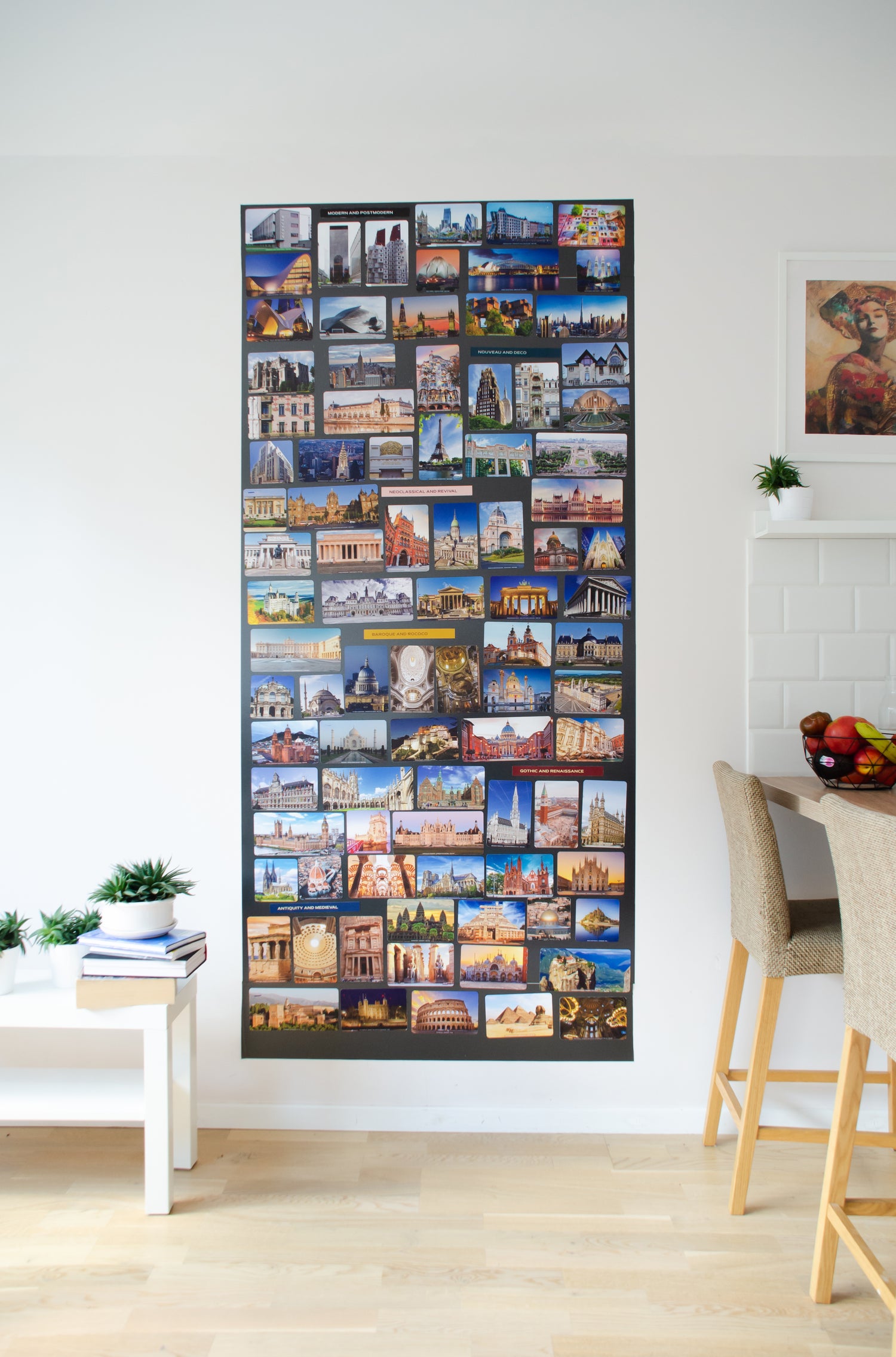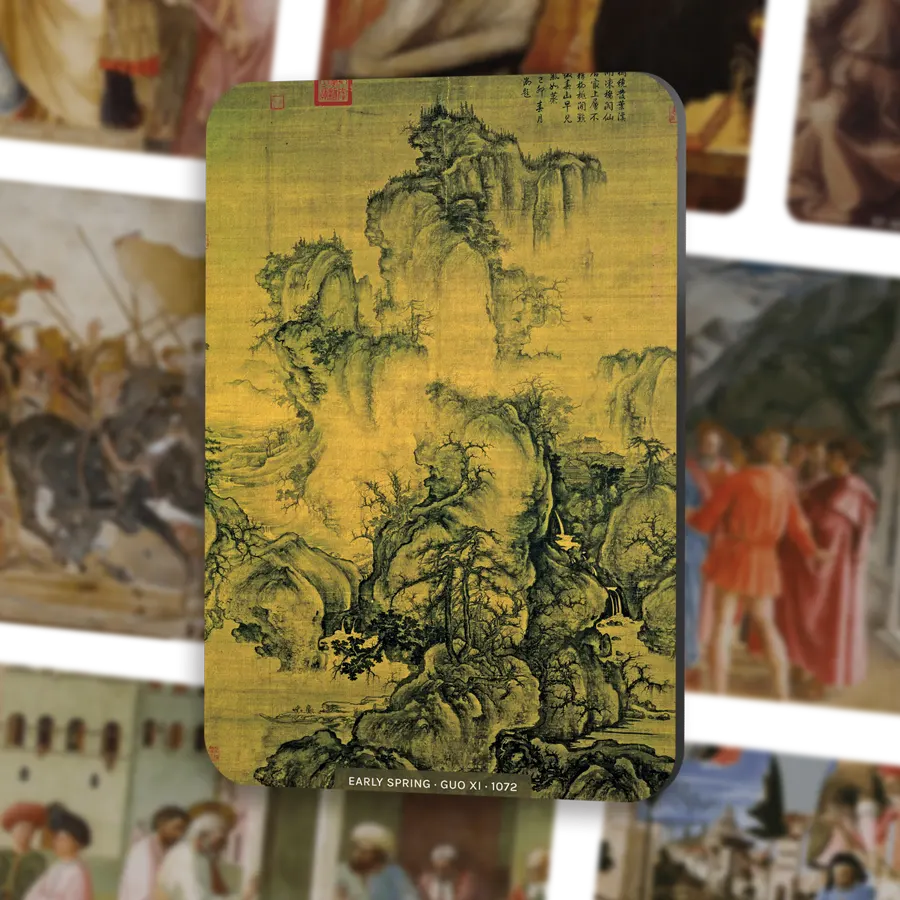The Renaissance was a period of cultural and artistic rebirth that emerged in Europe during the 14th to the 17th centuries. It was characterized by a renewed interest in the art and culture of ancient Greece and Rome, as well as a focus on humanism and individualism. In this article, we will delve into the key features of Renaissance art, explore the different art movements within this period, discuss some famous artworks, and analyze how Renaissance art contributed to the development of the visual arts.
What is Renaissance Art?
Renaissance art refers to the artworks created during the Renaissance period, which spanned from the 14th to the 17th centuries. It is characterized by a departure from the Gothic style of art that dominated the Middle Ages and a return to the principles of classical Greek and Roman art.
Key Features of Renaissance Art
Renaissance art is known for its emphasis on realistic depictions of the human body, the use of perspective to create depth and spatial illusion, and the exploration of light and shadow to achieve a more three-dimensional effect. It also placed a strong emphasis on individualism, with artists seeking to portray the unique qualities of their subjects.
Important Artists of the Renaissance
The Renaissance produced many great artists who made significant contributions to the development of art. Some of the most renowned Renaissance artists include Leonardo da Vinci, Michelangelo, and Jan van Eyck.
What were the Characteristics of Renaissance Art?
Influence of Humanism on Renaissance Art
Humanism, a philosophical and intellectual movement that focused on the importance of human beings and their potential, had a profound impact on Renaissance art. Artists sought to depict the human body with accuracy and precision, studying human anatomy to achieve realistic representations in their artworks.
Exploration of Perspective and Realism in Renaissance Art
Renaissance artists revolutionized the way art was perceived by incorporating the use of perspective and realistic techniques. They employed linear perspective to create the illusion of depth and space, enabling viewers to experience a sense of realism in their paintings. This advancement in artistic technique greatly influenced the visual arts of the time.
The Role of Patronage in Renaissance Art
Patronage played a crucial role in the development of Renaissance art. Wealthy individuals, such as nobles and members of the church, sponsored artists and commissioned artworks to display their wealth and power. This patronage system allowed artists to focus on their craft and create some of the most iconic artworks of the Renaissance.
What were the Different Art Movements within the Renaissance?
The Early Renaissance and its Key Artists
The Early Renaissance was marked by a revival of interest in classical antiquity and a focus on naturalism and linear perspective. Artists such as Piero della Francesca and Masaccio were key figures in this movement, contributing their unique styles and techniques to the art world.
The High Renaissance and its Impact on Art
The High Renaissance, which occurred from the late 15th to the early 16th century, is considered the pinnacle of Renaissance art. Artists like Leonardo da Vinci, Michelangelo, and Raphael created some of their most iconic masterpieces during this period. The High Renaissance was characterized by a perfect balance between naturalism, idealism, and technical skill.
Comparison of Italian Renaissance and Northern Renaissance Art
While the Italian Renaissance is often regarded as the epitome of the period, the Northern Renaissance also made significant contributions to the world of art. Northern Renaissance art had a strong influence from the Gothic style of art and focused on intricate details and symbolism. Artists like Jan van Eyck and Albrecht Durer excelled in these techniques, producing renowned artworks that showcased their mastery.
What were Some Famous Artworks of the Renaissance?
Leonardo da Vinci's Mona Lisa
One of the most famous paintings in the world, Leonardo da Vinci's Mona Lisa is an iconic example of Renaissance art. The painting is known for its enigmatic smile and the incredible attention to detail in the portrayal of the figure.
Michelangelo's Creation of Adam
Found on the ceiling of the Sistine Chapel, Michelangelo's Creation of Adam is a masterpiece of Renaissance fresco painting. The fresco depicts the Biblical story of the creation of man and is known for its dynamic composition and anatomical accuracy.
Jan van Eyck's Arnolfini Portrait
Jan van Eyck's Arnolfini Portrait is a significant work of Northern Renaissance art. This painting showcases the artist's meticulous attention to detail and symbolic representation of the couple's social status and fertility.
How did Renaissance Art Contribute to the Development of the Visual Arts?
Innovation in Renaissance Painting Techniques
Renaissance artists experimented with various painting techniques, such as sfumato (blurring of outlines), chiaroscuro (contrast of light and dark), and tenebrism (dramatic use of light and shadow). These innovations greatly enhanced the visual impact and depth of their artworks.
The Influence of Renaissance Sculpture
Renaissance sculpture played an integral role in the development of the visual arts. Sculptors like Michelangelo created exquisite marble statues that showcased the human form with incredible accuracy and emotional expression.
The Impact of Renaissance Art on Art Historiography
Renaissance art also had a significant impact on the study of art history. The documentation and analysis of Renaissance artworks contributed to the establishment of art historiography as a field, allowing scholars to understand and appreciate the evolution of artistic styles and techniques.
Learn more about art and Renaissance through Renaissance educational magnetic cards.
Q: Who were the major artists of the Renaissance?
A: The Renaissance produced some of the most iconic artists in history. Some of the major artists of the Renaissance include Leonardo da Vinci, Michelangelo, Raphael, Donatello, and Botticelli.
Q: What are the characteristics of Renaissance art?
A: Renaissance art is characterized by several key features. These include a focus on realism and naturalism, the use of perspective to create depth and dimension, the exploration of human emotions and experiences, and a revival of classical themes and subject matter.
Q: What are some famous artworks of the Renaissance?
A: There are many famous artworks from the Renaissance period. Some notable examples include Leonardo da Vinci's "Mona Lisa" and "The Last Supper," Michelangelo's "David" and the ceiling of the Sistine Chapel, and Botticelli's "The Birth of Venus."
Q: Who were the patrons of Renaissance art?
A: Renaissance art was often commissioned by wealthy individuals, such as nobles, merchants, and members of the clergy. These patrons played a crucial role in the production and promotion of Renaissance art, providing financial support and influencing the subject matter and style of the artworks.
Q: How did Renaissance art differ from Medieval art?
A: Renaissance art was a departure from the style and subject matter of Medieval art. While Medieval art was often religious in nature and characterized by flat, stylized figures, Renaissance art focused on naturalism, perspective, and the exploration of human emotions and experiences. Renaissance art aimed to capture the beauty and complexity of the physical world.
Q: What are some famous Renaissance sculptures?
A: There are many famous Renaissance sculptures. Some notable examples include Michelangelo's "David" and "Pieta," Donatello's "David," and Ghiberti's "Gates of Paradise."
Q: How did Renaissance art influence European history?
A: Renaissance art had a profound impact on European history. It marked a significant shift in artistic and intellectual pursuits and led to the development of new styles and techniques. Renaissance art also reflected the changing social and political climate of the time, as well as the rise of humanism and the exploration of individualism.
Q: What is the legacy of Renaissance art?
A: The legacy of Renaissance art is far-reaching. It laid the foundation for the development of Western art and influenced subsequent artistic movements. Renaissance art also played a crucial role in shaping European society and culture, as well as ushering in a period of scientific and intellectual advancement known as the Renaissance.




